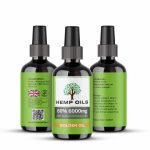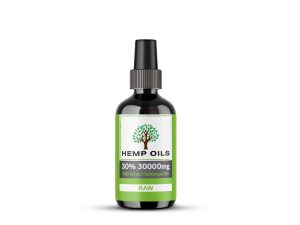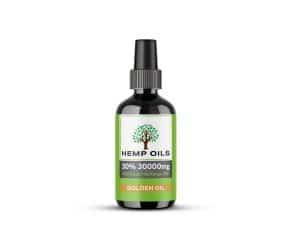Understanding the Process of Making Hemp Oil to Smoke ===
Hemp oil has garnered attention in recent years for its potential health benefits and its versatility in various applications. While hemp oil is commonly consumed orally or used topically, some individuals may prefer to smoke it for a more direct and immediate effect. Making hemp oil for smoking requires a careful extraction and purification process to ensure the desired potency and purity. In this article, we will provide a step-by-step guide to extracting and purifying hemp oil for smoking, along with essential equipment, safety precautions, and potential risks involved in the process.
=== Step-by-Step Guide: Extracting and Purifying Hemp Oil for Smoking ===
-
Harvesting and Drying: To start the process, you need to harvest the hemp plants at the proper stage of maturity. The flowers and leaves of the hemp plant contain the highest concentration of cannabinoids, making them ideal for oil extraction. Once harvested, hang the plants upside down in a well-ventilated area to dry for approximately two weeks, or until the moisture content reaches an optimal level.
-
Decarboxylation: After drying, it is crucial to decarboxylate the hemp material. This process involves heating the plant matter in an oven at a low temperature for a specific duration. Decarboxylation activates the cannabinoids, converting the non-psychoactive acidic forms (such as CBDa and THCa) into their active counterparts (CBD and THC), which are more suitable for smoking.
-
Extraction: There are various methods to extract hemp oil, but the most commonly used is the solvent extraction method. This involves soaking the decarboxylated hemp material in a food-grade solvent, such as ethanol or butane. The solvent dissolves the cannabinoids and other desirable compounds, leaving behind the plant matter. After extraction, the solvent is evaporated to obtain a concentrated oil.
-
Purification: Once the oil is extracted, it is essential to purify it to remove any impurities or residual solvents. This can be achieved through a process called winterization. Winterization involves mixing the oil with a high-proof alcohol and freezing it overnight. The next day, the mixture is filtered to remove waxes, lipids, and other unwanted substances, resulting in a cleaner and more potent hemp oil.
-
Drying and Storage: After purification, the hemp oil needs to be dried to remove any remaining moisture. This can be done by gently heating the oil in a double boiler until all the water has evaporated. Once dried, store the oil in an airtight container preferably made of dark glass, as exposure to light and air can degrade its quality over time.
=== Essential Equipment and Supplies for DIY Hemp Oil Extraction ===
To make hemp oil for smoking at home, you will need the following equipment and supplies:
-
Hemp plants: Choose high-quality hemp plants with high cannabinoid content.
-
Drying racks: Use drying racks to hang the harvested plants during the drying process.
-
Oven: An oven is required for decarboxylating the dried hemp material.
-
Extraction solvent: Food-grade solvents like ethanol or butane are commonly used for extraction.
-
Extraction equipment: This includes containers, funnels, and filters for the extraction process.
-
Purification supplies: High-proof alcohol, a freezer, and filtration devices are necessary for the purification process.
-
Storage containers: Use dark glass containers with airtight lids to store the finished hemp oil.
=== Safety Precautions and Potential Risks when Making Hemp Oil to Smoke ===
When making hemp oil to smoke, it is crucial to take safety precautions and be aware of the potential risks involved. Here are some essential points to consider:
-
Ventilation: Ensure you have proper ventilation in your extraction area to avoid the buildup of flammable vapors.
-
Fire safety: Keep flammable solvents away from open flames or sparks during the extraction process.
-
Personal protective equipment: Wear gloves, safety goggles, and a lab coat to protect yourself from potential chemical exposure.
-
High-proof alcohol: Alcohol used for extraction and purification is highly flammable. Handle it with caution and away from any heat sources.
-
Quality control: Regularly test the hemp oil for purity and potency to ensure it meets your desired standards.
-
Legal considerations: Familiarize yourself with the legal regulations surrounding hemp and cannabis in your region to avoid any legal issues.
===
By following this step-by-step guide and taking necessary safety precautions, you can successfully make hemp oil for smoking. Remember that the potency and effects of the oil may vary based on the quality of the hemp plants used and the extraction method employed. It is always advisable to consult with a healthcare professional or expert in the field before incorporating hemp oil into your smoking routine.




